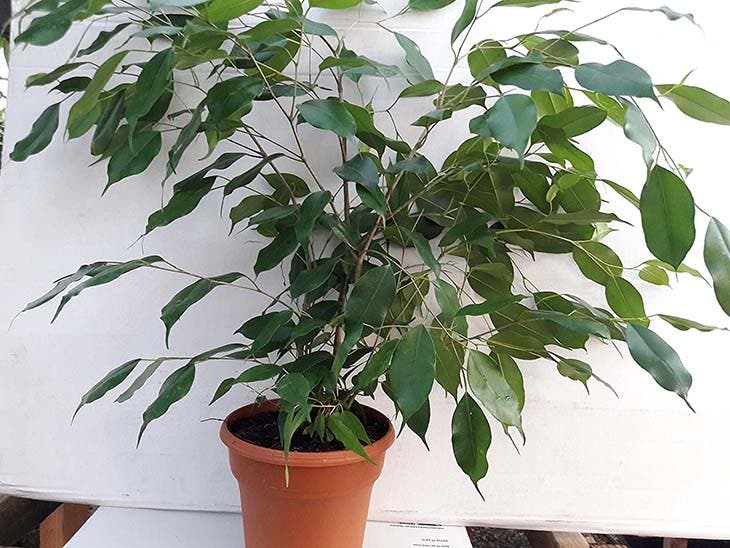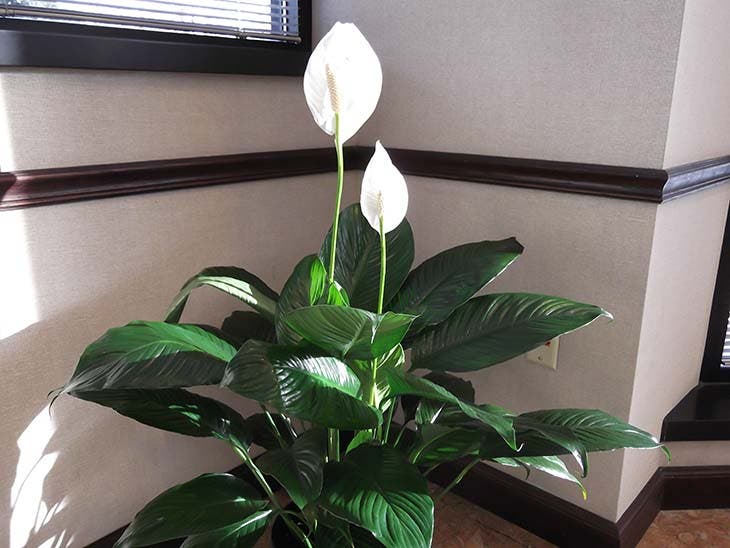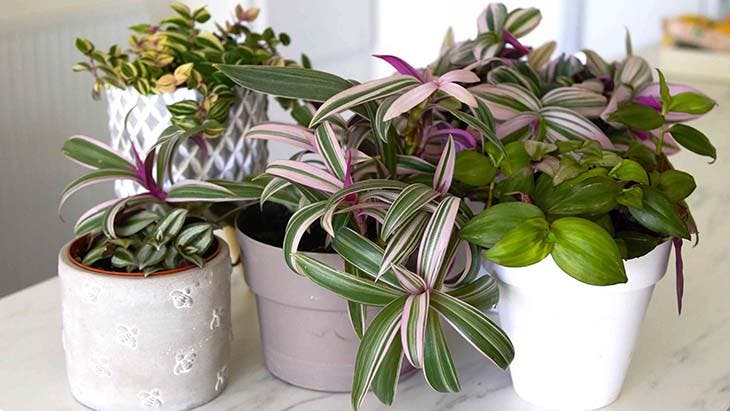
Sneezing, itchy eyes, nasal congestion, colds, nasal obstruction, ocular hypersensitivity, eczema, hives… Did you know that certain indoor plants can cause allergies? Seasonal rhinitis, also called hay fever, is an allergic reaction that occurs when a person is exposed to pollen. Allergy can give rise to different more or less serious symptoms. To prevent allergies, certain plants should be avoided, especially in people who have favorable terrain for allergies. These are the allergenic plants that you should never put in your bedroom.
Although some green plants are full of decontaminating properties , they have no place in your home if you have an allergic condition. Allergens can be carried and cause eyelid edema when hands come into contact with the plant in the eyes.
Symptoms of allergy to houseplants
Pollens are spread by trees, shrubs or herbaceous plants and can come into contact with respiratory mucous membranes, causing a hypersensitivity reaction in some individuals. Allergenic pollens can cause seasonal rhinitis, which can lead to chronic sinusitis. Additionally, people with seasonal rhinitis may suffer from asthma or conjunctivitis. The most common symptoms in people allergic to houseplants are:
- Rhinitis, which manifests as a runny or stuffy nose and sneezing
- Conjunctivitis, which causes watery, red, and itchy eyes
- A contact eczema that causes lesions , itching, and redness of the skin when the individual comes into contact with the allergen.
- Hives that appear as patches similar to nettle stings
- An asthma attack that causes difficulty breathing, dry cough, and wheezing.
Depending on the individual, the symptoms may be more or less intense when faced with allergenic plants.
The 5 allergenic indoor plants
If certain houseplants are allergenic, it is because their white sap contains latex-like proteins and can cause food allergies to certain foods. According to Doctor Y. Delaval, pulmonologist at Rennes University Hospital , these 5 indoor plants can promote an allergy:
- el fig benjamina


A dangerous ornamental plant – Source: spm
Belonging to the fig family, the ficus benjamina is an indoor plant appreciated for its decontaminating properties. Unfortunately, some people suffer an allergic reaction when they touch the plant, its leaves, or even its sap. Sometimes it is enough to shake the leaves so that the dust containing ficus proteins spreads through the air and triggers the allergic reaction.
- the papyrus


Papyrus belongs to the grass family – Source: spm
Papyrus is a beautiful green plant also called umbrella plant or nutsedge with alternate leaves. Being part of the large family of forage grasses , this plant can cause allergies. In fact, pollens are carried by the wind and enter the respiratory tract, revealing an exacerbated reaction of the immune system to the allergen.
- spathiphyllum


A beautiful plant – Source: spm
Spathiphyllum, nicknamed “moonflower,” is an indoor plant that purifies ambient air and is distinguished by its bright green foliage. But this plant contains oxalate crystals that can irritate the digestive mucous membranes. In this sense, these plants should be kept absolutely away from children and pets.
- Tradescantia


A decorative plant – Source: spm
Tradescantia is a perennial plant that often has colorful foliage. In both sensitive people and pets, a contact allergy can occur when exposed to this plant.
- cactus


Nopal can cause irritation – Source: spm
Cacti or cacti are succulent plants that are appreciated for their decorative and original appearance. That said, these plants can produce latex, a toxic liquid that contains spurge and can cause severe skin irritation.
Now that you know the plants potentially at risk if you suffer from allergies, discover the 10 foods that boost your immune system and fight allergies .